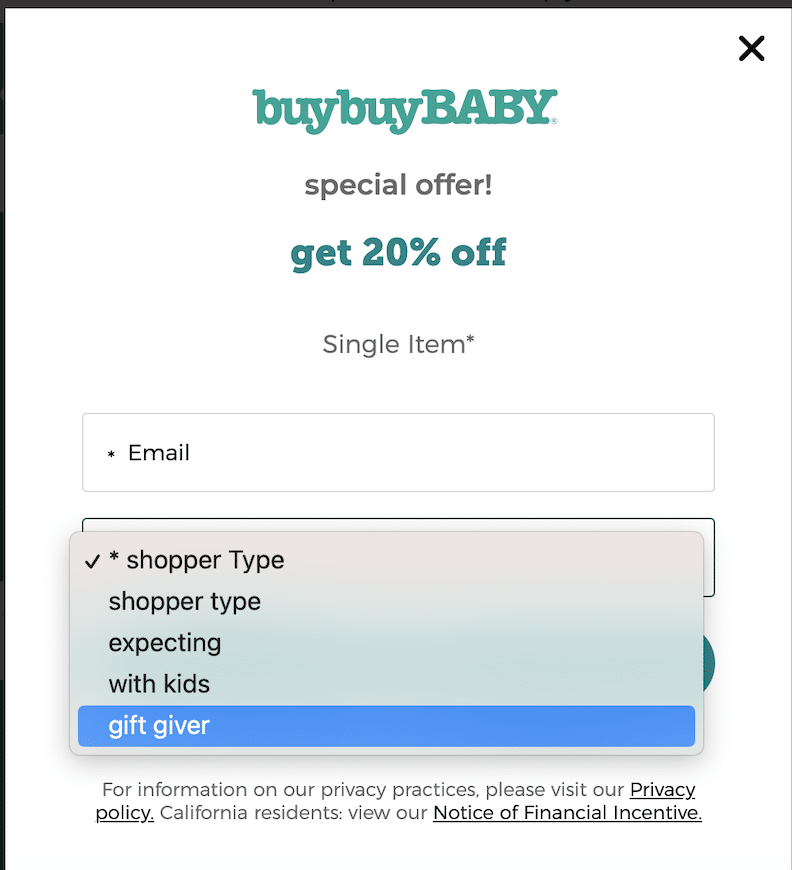We’re living with more distractions than at any point in human history, and we’re being inundated with more messages competing for our attention than ever before (tens of thousands, by some estimates).
To break through the digital pollution, more companies are relying on content marketing versus outbound marketing to draw prospects into their brand. Because of its non-invasive nature, content marketing generates over three times as many leads as traditional marketing.
An effective content marketing strategy is a critical component of your overall customer experience. Content marketing allows you to provide valuable information to your customers and remain top-of-mind, while building trusting relationships. Moreover, your content can position your brand as an expert source, increase your exposure, and subtly generate more sales.
While every business can benefit from a content marketing strategy, there’s a right way and a wrong way to go about it. In this guide, I’ll help you apply my SUPER framework to guide your content marketing strategy.
What is Content Marketing?
Before we dive into the SUPER framework, let’s first get a clear understanding of what content marketing is. Content marketing is the creation and distribution of information that doesn’t center around the promotion of a product or service. According to Content Marketing Institute, content marketing provides truly relevant and useful content to your prospects and customers to help them solve their issues.
The purpose of content marketing is to reach your audience in an organic way. According to Demand Gen Report, 71% of B2B buyers stated they consumed blog content before making their buying decisions. When you serve the right content to the right audience, you can pull prospects into your brand and build strong relationships.
On the other hand, outbound marketing, like a paid ad on social media or a billboard, pushes messaging onto consumers even when they aren’t asking or searching for it.
Content Marketing Versus Traditional Marketing
Content marketing comes in many forms, such as blogs (like this one!), social media, webinars, podcasts, videos, quizzes, and more. To better understand the difference between content marketing and outbound marketing, let’s look at these two posts on Bed Bath & Beyond’s Instagram feed:


In the first image, Bed, Bath, and Beyond shares Dr. Shelby Harris’s three tips for improving the quality of your sleep. While these tips don’t promote any of Bed, Bath, and Beyond’s products, it provides helpful information that they believe their shoppers would benefit from. BBB establishes itself as a go-to source for sleep wellness while building more trust with prospects.
Furthermore, since one of the tips is to use an air purifier and hypoallergenic bedding, Bed, Bath, and Beyond aims to capture more leads of customers that are looking to put these ideas into practice.
The second image is an example of outbound marketing. Bed, Bath, and Beyond is clearly promoting its Nestwell Pure Earth Bedding.
Now that you have a better understanding of content marketing, let’s review a simple framework that can guide your content creation strategy.
S: Start With Your Story
The most common mistake that I see professionals and entrepreneurs make with their social media—by far—is not having a strategy that guides the creation and distribution of the content they share. Instead, they just sort of follow trends, chase hashtags, or try to replicate what they see working for others. Instead of standing out from their competitors, they just become part of the noise.
Use your Story as a North Star to guide the creation of your content and the curation of what you share. Both your original content and the curated content you share serve the same purpose: overpowering apathy. As my friend Rory Vaden says, “your lens is the filter by which you see everything in the world.” Embrace your voice in your content marketing by filtering your topics through your lens. Your lens is the combination of the problem you solve and your uniqueness.
This article is a perfect example. Instead of duplicating all of the other content marketing blogs on the internet, I’m addressing content marketing as it relates to my SUPER Model and customer experience. 😉
When you create content that embodies your unique brand voice, you’ll be more memorable. You’ll start to earn a reputation of being the expert on your niche subject. Your customers will come to you because they want to hear your take.
Whatever it is that you’re creating or curating on your platforms, make sure your voice is at the center of it.
U: Understand Your Customer’s Story
The purpose of content marketing is to provide valuable information to your customers, so it’s imperative that you understand what they’re looking for! If you’re a realtor that works with mostly first-time buyers, you may consider sharing DIY videos. Conversely, if you work with mature buyers, you might share the new five-star restaurants that are coming to their neighborhood. Getting clear on the specific type of content is key, otherwise you risk sounding tone-deaf or untrustworthy.
UberSuggest is a free tool that will tell you what keywords people are searching for on Google. Having this knowledge of your customer base will help you identify the type of blog posts and newsletters you create, which will help you stay relevant and top-of-mind to your audience.
In addition, you should continue to learn about your customers’ preferences through your data. With a quick look at Google Analytics or the dashboards on your social platforms, you can easily identify the topics that are resonating with your audience.
According to SEM Rush, 65% of companies that succeed in content marketing run content audits more than twice a year. What are people downloading or ‘liking’ the most? What about their consumption patterns? Are the newsletters that are sent in the morning opened at a higher rate than the ones sent in the evening? Do people like Instagram reels or carousels better? Paying attention to these details will help you improve your content marketing strategy and form stronger connections with your customers.
P: Personalize
Someone asked me a great question about how to use personalized data in a way that doesn’t come off too creepy. According to McKinsey, 71 percent of consumers expect companies to deliver personalized interactions, and 76 percent get frustrated when this doesn’t happen. But we all know there’s a fine line between being attentive to detail and being a flat-out stalker.
My advice is to gradually gather data from your customers and then use it once you’ve had a conversation about it. I like to compare it to dating. Before you go on a first date with someone, you’re probably going to stalk their social media profiles. However, you definitely shouldn’t ask them how that music festival was in 2015 until they volunteer the information. Wait until you’ve collected that data firsthand before using it in your interactions, or you’ll come off as creepy.
You might not know highly detailed information about your customers or prospects right away, but you can still provide personalized and relevant information through content marketing.
The skincare company, Barefaced, is an excellent example. On their website, they offer a skincare quiz. Users can figure out their skin type and receive personalized advice and product recommendations. Once they get this data from you, they can start to tailor their offerings to your specific needs.
Another example of personalization through content marketing is BuyBuyBABY. When you sign up for their newsletter, they ask you which type of shopper you are. Why? Because a gift-giver and an expecting parent are looking for two very different experiences.

When you customize your outreach and offerings to your customers, you’ll be providing only the most valuable content.
E: Exceed Expectations
When used correctly, you can use your content marketing to exceed customers’ expectations.
I advise people to write down all of the questions a prospect or customer might have about your business or industry. Then, you should record videos of yourself answering all of these questions individually. If you’re answering complex questions, you might want to create a Loom video so you can record your screen and walk your audience through a multi-step process. Alternatively, you could try FlexClip, an all-in-one screen recorder and video editor that can help you create professional-looking videos.
Every time a customer asks you one of these questions, you can reply with a link to a video. This will enable you to resolve their issue much faster and in greater detail. When customers see your entire channel of videos, they’ll be able to find answers to their questions before they even have to ask. They’ll feel like you read their mind!
R: Repeat
I’m a huge proponent of using automation tools to power certain tasks in your business so you can focus your energy on the interactions that matter most. Content marketing is no different. There are a million free and paid tools that will help you schedule out your social media content in advance to save you time.
You should create evergreen content about your product or industry and schedule it to repeat several times a year. MeetEdgar is a platform that will actually re-populate your schedule for you based on the engagement trends so that you can simply focus on the more important posts.
As a content marketing creator, a huge component of your job is to bolster your SEO. You can use the transcriptions from podcast episodes – which are likely filled with keywords – as blog posts and newsletters. It’s ultimately a win-win because it makes your show accessible to anyone that’s hearing impaired, and it’s one less content idea for you to come up with. For each piece of content that you create, always ask yourself all of the different ways you can recycle it.
Conclusion
Ultimately, if you want to successfully break through the digital pollution and stand out among your competitors, you must implement a content marketing strategy. By connecting your story to your customer’s story, tailoring the content, and exceeding expectations, you can turn your prospects and customers into superfans.
